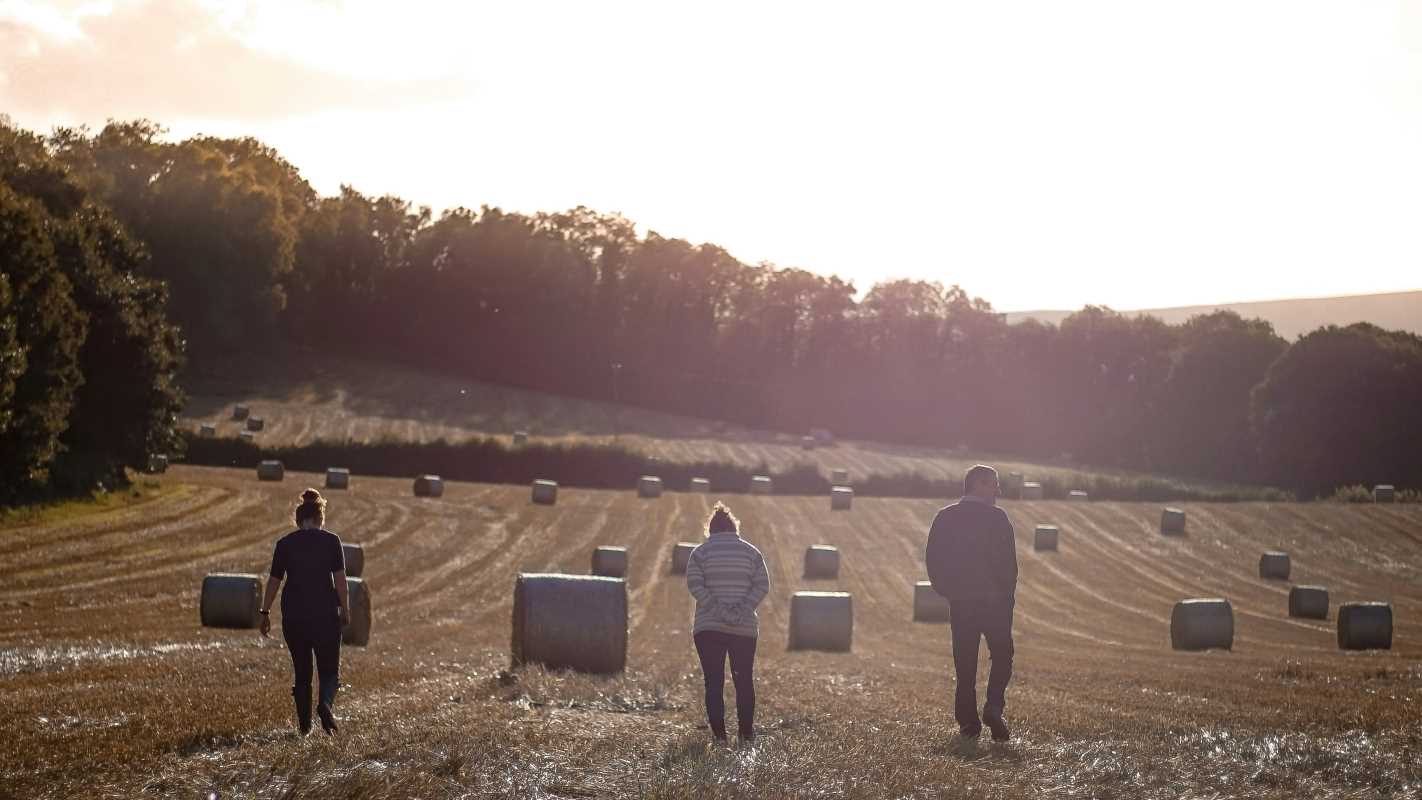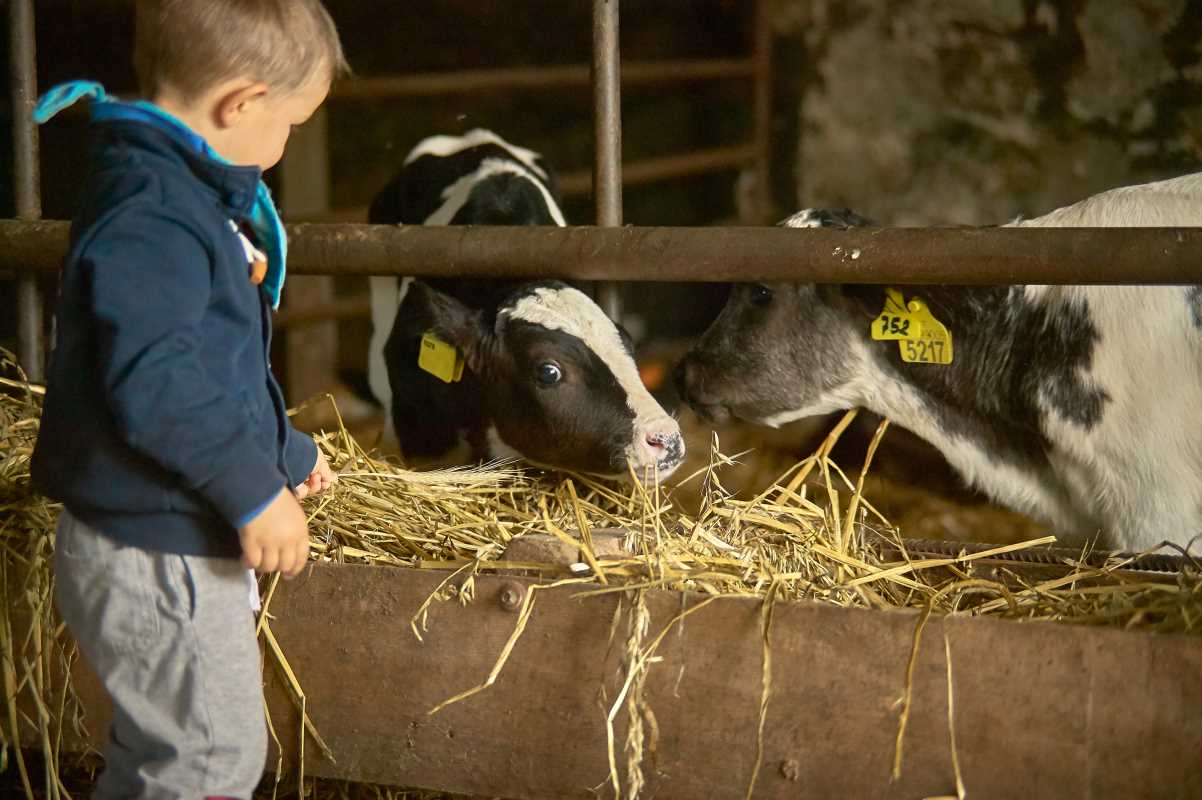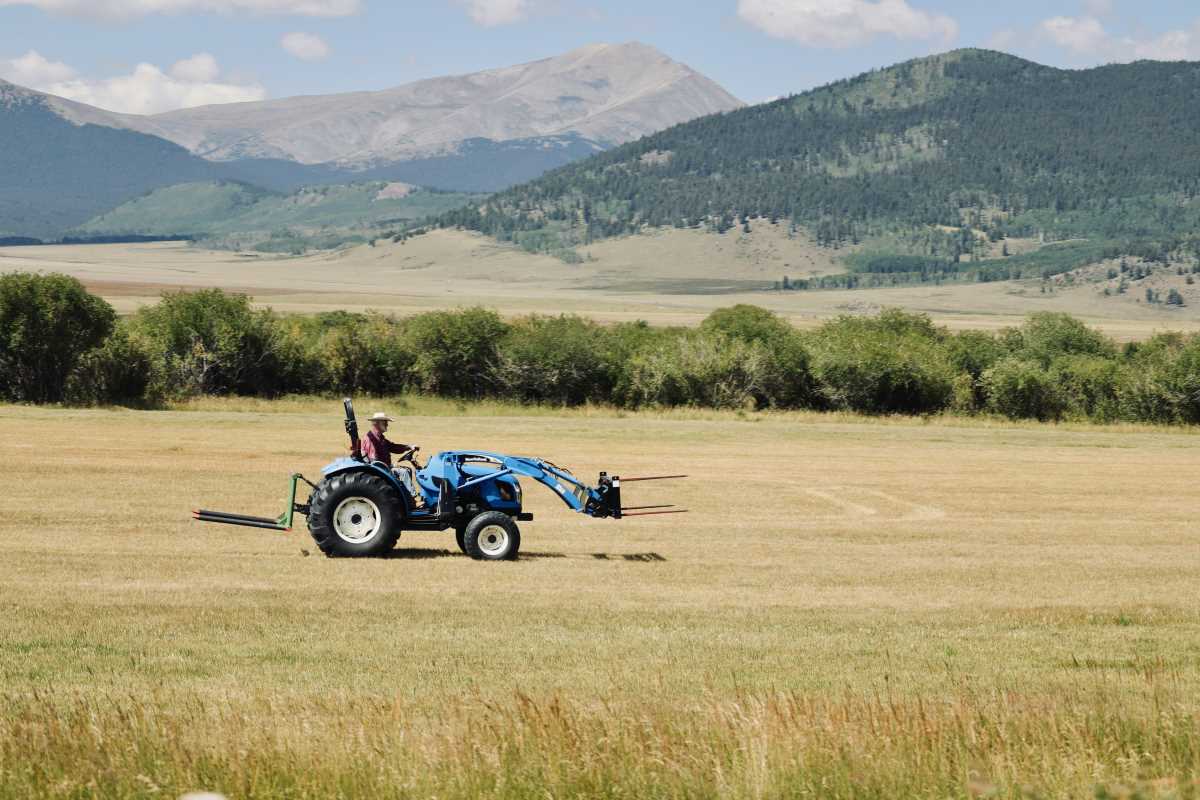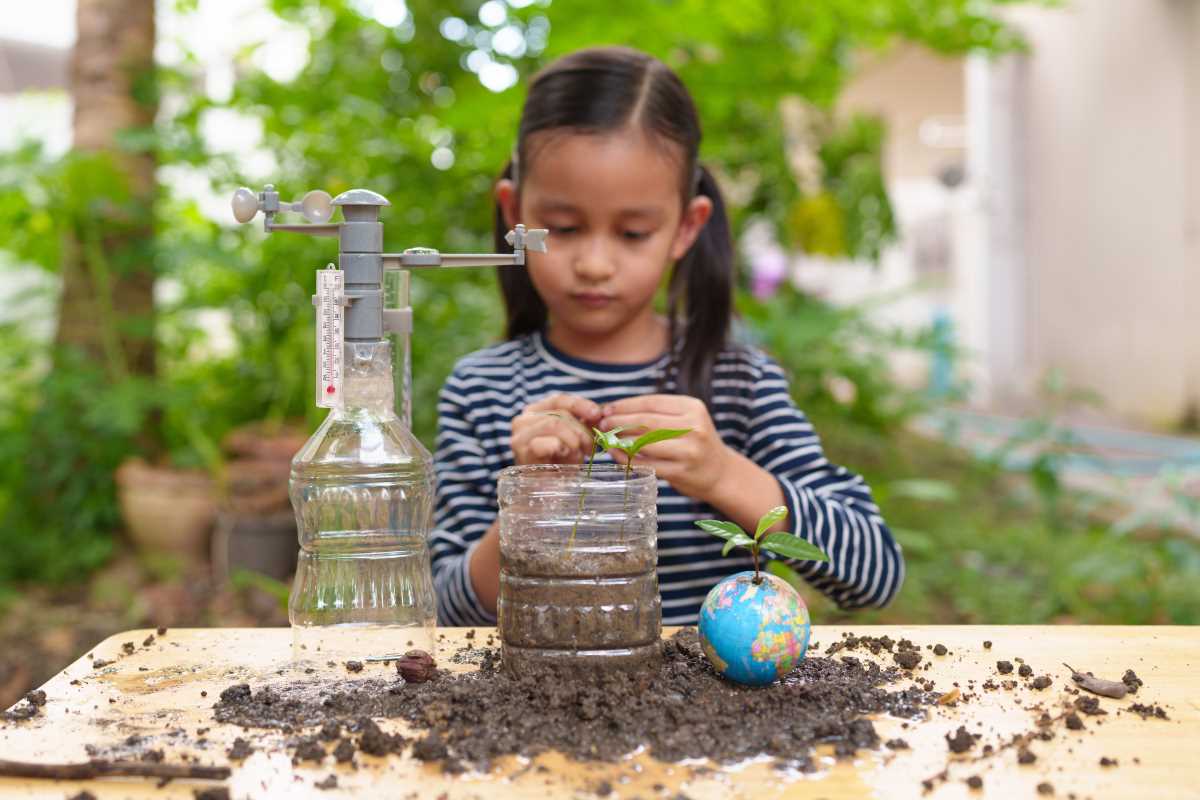Seeds form the basis of vibrant gardens and productive landscapes. By saving and sharing seeds, people help preserve important plant varieties and promote sustainable gardening practices. Building a seed saving and exchange network allows more individuals to access a wider range of plant genetics while bringing neighbors together around a shared purpose. Through these efforts, communities can protect biodiversity, keep traditional crops in circulation, and strengthen local food systems. Whether you are passionate about gardening or simply curious about growing your own food, participating in seed saving and exchange builds a deeper connection to nature and to those around you.
By forming a network, individuals preserve rare varieties and adapt them over time. This practice also guards against unpredictable weather and pests, ensuring that each planting season offers new chances and benefits.
Step 1: Comprehending Seed Saving Basics
Understanding the main ideas behind seed saving is crucial before starting any exchange program. You should learn the terminology and concepts involved in preserving plant varieties for future planting. This step sets the foundation for effective communication and hands-on work.
Think about these important points related to seed saving and similar terms:
- Heirloom Varieties: These seeds have been handed down through generations and possess unique qualities not usually available in commercial strains.
- Open-Pollinated: These plants breed naturally, ensuring their traits stay stable from one generation to the next.
- Genetic Diversity: Having a wide range of seeds helps make your crops more resilient and protects against disease.
- Hybrid Seeds: While often created for higher yields, these seeds might not produce offspring that copy parent traits.
- Self-Pollination: Some plants can fertilize themselves, making it easier to keep a pure strain without cross-contamination.
Step 2: Collecting and Storing Seeds Properly
Gathering seeds from healthy plants marks the first step toward building a strong collection. Watch your plants carefully during the growing season, and pick only the best specimens for seed collection. This selective process ensures that only the strongest seeds are kept.
Once you gather seeds, storing them correctly becomes vital. Following best practices will prolong the seed's viability and keep them safe until you need them. Keep these tips in mind:
- Clean and Dry: Wash the seeds thoroughly and let them dry completely to prevent mold.
- Airtight Containers: Use sealed jars or bags to protect seeds from moisture and pests.
- Label Clearly: Write down the seed type, variety, and collection date to track them for future planting.
- Cool, Dark, and Dry: Store containers in a place away from direct sunlight and extreme temperatures.
- Regular Checks: Periodically examine stored seeds for signs of spoilage and update your collection as needed.
Step 3: Creating Your Local Seed Network
Connecting with other growers helps exchange seeds and ideas. Talking to neighbors, local farms, and community gardens can reveal a wealth of knowledge and access to rare seed varieties. Spend time in community spaces where planting and gardening frequently come up.
Build a reliable network by organizing meetings, attending local gardening events, and using social media. When reaching out, highlight the benefits of a dedicated seed saving and exchange network that promotes practical learning and eco-friendly practices. Sharing success stories and useful tips can strengthen these relationships.
Step 4: Planning Seed Exchanges and Events
Organizing seed swaps encourages active participation in ways that benefit everyone. Clear planning helps exchanges go smoothly and provide maximum value. You can hold regular swap events that also serve as learning gatherings, where participants discover new seed saving techniques and share growing advice.
Follow these steps to host successful seed exchanges:
- Pick a Date and Location: Choose a convenient time and accessible place.
- Create a Schedule: Outline a loose timeline for swap activities, from welcome sessions to breakout groups.
- Promote Locally: Use community boards, local radio, or social media to spread the word.
- Give Clear Instructions: Provide guidelines on seed collection, labeling, and storage so attendees can prepare.
- Plan Interactive Activities: Arrange demonstrations or Q&A sessions that promote discussion and shared learning.
Step 5: Keeping Your Network Active and Growing
Regular communication keeps the network strong and lively. Set up routine check-ins or newsletters to share updates, success stories, and challenges faced by members. Open communication maintains engagement and keeps everyone informed about new seed varieties and upcoming events.
Maintaining your network involves scheduled meetings and spontaneous exchanges. Tips for sustaining momentum include:
- Frequent Check-Ins: Arrange monthly or seasonal gatherings to review progress and explore new trends.
- Record Keeping: Keep a shared log of seed varieties, their origins, and planting outcomes to improve practices.
- Encourage Participation: Invite members to bring friends and acquaintances interested in seed work.
- Use Technology: Use simple spreadsheet tools or group messaging apps for easy coordination.
These eco-friendly methods make plant cultivation easier and suitable for any space. Simple steps today help build a more sustainable future.
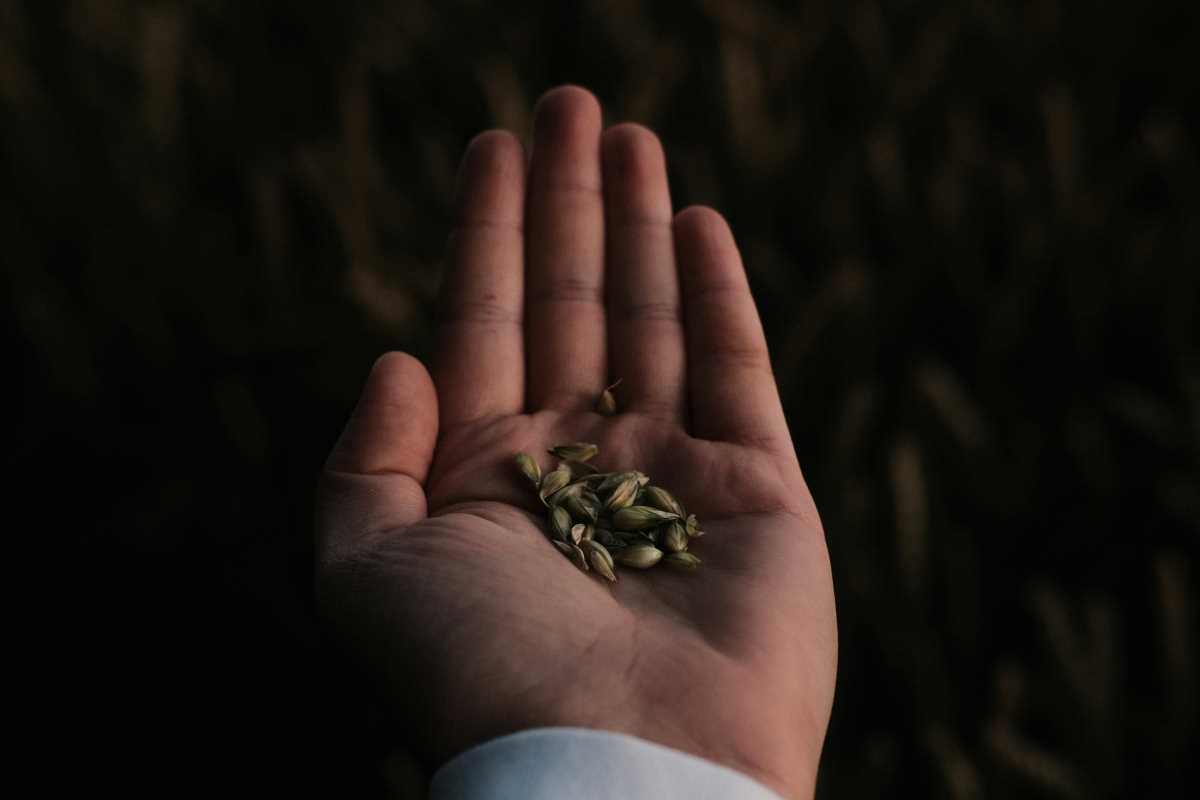 (Image via
(Image via